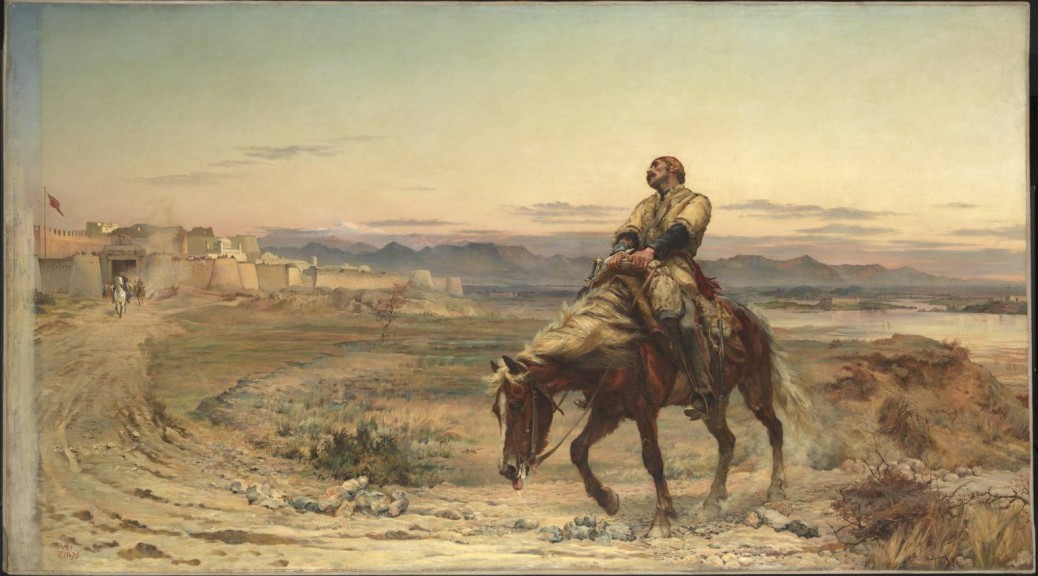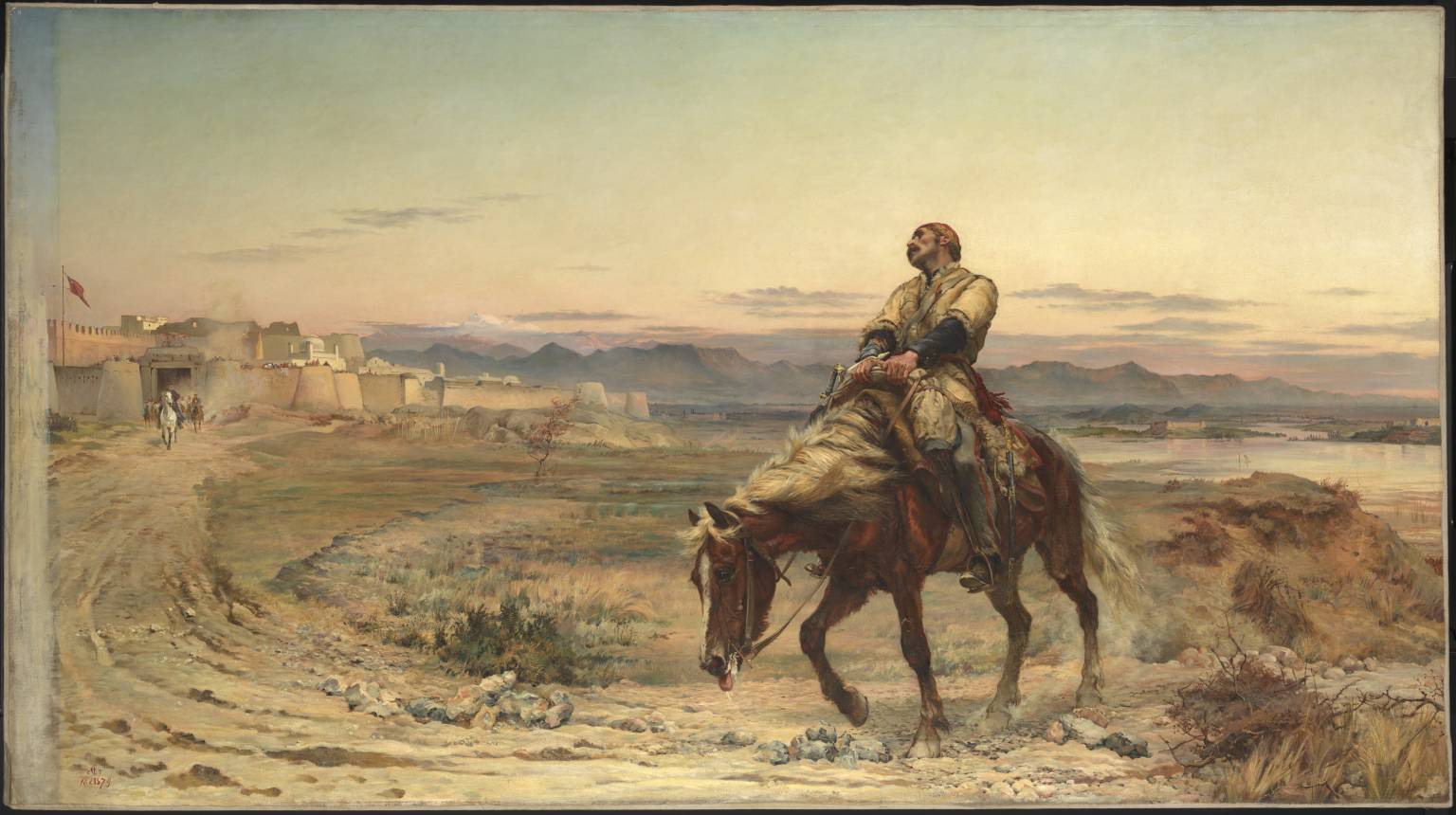Category Archives: books
white spider
eiger nordwand/ north face of the eiger. bernese alps. switzerland.

via wikipedia
eiger. they say its name comes from the word ogre.
the north face wasn’t climbed until 1938. it was first climbed by Heinrich Harrer. the deadly history of the nordwand chronicled in the great book, The White Spider (1959).
one of its stories dramatized in Nordwand (2008):
-beautiful images, colors, textures.
-see when they drop a dead climber inside a sleeping bag and it disappears in the mist.
the north face used to be a deadly climb in the summer because of the avalanches formed at the white spider snow field. now ueli steck climbs it in the winter. in less than 3 hrs. thanks partly to advances in ice climbing equipment and the stability of the ice and the snow in the cold. plus there are very little changes in the weather during a 3 hour period. the unreliable weather, cold temperatures and changes in condition were main concerns for early climbers.
http://en.wikipedia.org/wiki/Ueli_Steck
http://en.wikipedia.org/wiki/Heinrich_Harrer
http://en.wikipedia.org/wiki/The_White_Spider
http://en.wikipedia.org/wiki/Toni_Kurz
http://en.wikipedia.org/wiki/Andreas_Hinterstoisser
the last pirate
listened to an interview with Tony Dokoupil, writer of The last Pirate:
podcast
http://www.npr.org/2015/01/09/376097469/son-of-a-secret-smuggler-digs-up-the-truth-about-his-dad
Book: The Last Pirate
http://www.amazon.com/The-Last-Pirate-Father-Marijuana/dp/0385533462
ran up 온천장 river towards 동래, 40 mins.
mistakes, texture, adventure
Timothy Basil Ering

via timothybasileringart.com
interesting technique. Layers of layers of mistakes and changes. scultpural. rich textures.
Protected: a large dark cat / a book for january
germ of empires
heart of darkenss. joseph conrad. 1899.
http://en.wikipedia.org/wiki/Heart_of_Darkness
blink
blink
let me go ahead and thin slice this book: trust your instinct. Sometimes.
the perplexed
illustrator
one of my favorite children’s book authors/illustrators
oliver jeffers
see:
http://www.oliverjeffers.com/
- writer and illustrator
- How to Catch a Star (2004)
- Lost and Found (2005)
- The Incredible Book Eating Boy (2006)
- The Way Back Home (2007)
- The Great Paper Caper (2008)
- The Heart and the Bottle (2010)
- Up and Down (2010)
- Stuck (2011)
- The Hueys in The New Jumper (2012)
- This Moose Belongs to Me (2012)
- The Hueys in It Wasn’t Me (2013)
- The Hueys in None the Number (2014)
- Once Upon an Alphabet (2014)
- illustrator only
- Noah Barleywater Runs Away (2010)
- The Boy Who Swam with Piranhas (2012)
- The Terrible Thing That Happened to Barnaby Brocket (2012)
- Five Go to Smugglers Top (2012)
- The Day The Crayons Quit (2013)
- Stay Where You Are And Then Leave (2014)
from wikipedia (http://en.wikipedia.org/wiki/Oliver_Jeffers)

travels into bokhara / retreat from kabul
book: travels into bokhara
“… in 1831 he was sent to Lahore with a present of horses from King William IV to Maharaja Ranjit Singh. The British claimed that the horses would not survive the overland journey, so they were allowed to transport the horses up the Indus and used the opportunity to secretly survey the river. In the following years, in company with Mohan Lal, his travels continued through Afhanistan across the Hindu Kush to Bukhara (in what is modern Uzbekistan) andPersia.
The narrative which he published on his visit to England in 1834 added immensely to contemporary knowledge of these countries, and was one of the most popular books of the time. The first edition earned the author £800, and his services were recognised not only by the Royal Geographical Society of London, but also by that of Paris. He was also elected a Fellow of the Royal Society the same year. London’s prestigious Athenaeum Club admitted him without ballot. Soon after his return to India in 1835 he was appointed to the court of Sindh to secure a treaty for the navigation of the Indus and in 1836 he undertook a political mission to Dost Mohammed Khan at Kabul.
his tragic death
“Sir Alexander Burnes was duly informed by his Afghan servants, the day previous to his murder, that there was a stir in the city, and that, if he remained in it, his life would be in danger.” Burnes, who had grown comfortable with his masterful command of the Persian language, ignored the admonitions. According to contemporary Afghan reports of what happened next, Burnes became an obvious target for reprisal, as he was “one of the most licentious” characters among the resident British – and this was deeply resented by the local population.
In the early morning of 2 November, disorder broke out in Kabul. By 3 AM, a hostile mob had formed outside Burnes’ house and set fire to the gates. Informed that Shah Sujah had sent a military escort, Burnes ran to the rooftop to look for them, but none were coming. Burnes and his escort fired at the mob around the building.
An Afghan spokesman for the mob swore on the Qur’an that if Burnes’ party ceased fire, he would lead them safely to a nearby fort occupied by Persian troops in Shah Sujah’s service. Burnes agreed, and disguised himself as Afghan to facilitate the arrangement. But only a few meters from the house, Burnes and his party, including his brother, fifteen sepoys, and several Hindu servants, were attacked by the mob and killed – most cut up by knives. Burnes’ Afghan servants and several others in native clothing escaped.
It is said the mob included husbands and fathers of the many Afghan women Burnes had reputedly slept with, and that it was very likely at their hands that he met his death.” from
Alexander Burnes. (2015, April 22). In Wikipedia, The Free Encyclopedia. Retrieved 16:29, May 1, 2015, from http://en.wikipedia.org/w/index.php?title=Alexander_Burnes&oldid=658158096
![Fitzcarraldo[1]](http://www.migueldelosandes.com/wp-content/uploads/2014/12/Fitzcarraldo1-207x300.jpg)

![Sir_Alexander_Burnes[1]](http://www.migueldelosandes.com/wp-content/uploads/2014/12/Sir_Alexander_Burnes1-225x300.jpg)